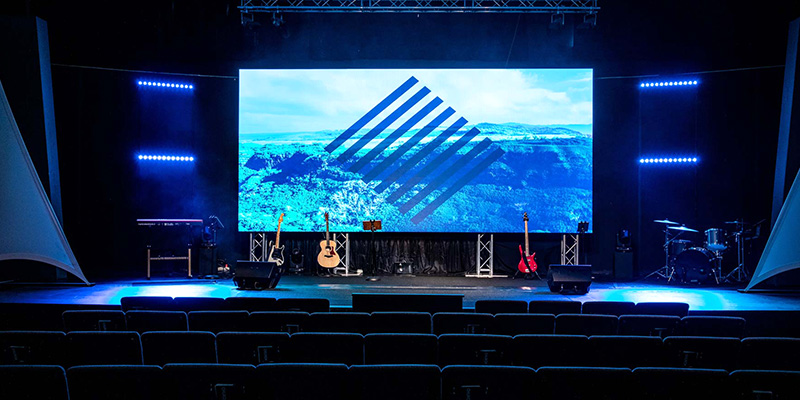Elevating Operational Quality and Lifespan Through Advanced Heat Regulation in LED Panel Panels
Wiki Article
LED wall modules have become increasingly widely used in multiple sectors, including marketing, entertainment, along with even home aesthetics. Modern screens provide vivid, dynamic displays that can draw attention and improve viewing impressions. Yet, one critical factor of preserving their effectiveness and durability is efficient temperature management. As Light Emitting Diode screens operate, they generate temperature rise. If this thermal load is not controlled effectively, it can lead to lowered illumination, chromatic accuracy, and possibly a shorter service life for the screens. Therefore, knowing how to properly control thermal output is crucial for optimizing the efficiency of LED display modules.

Heat management in luminescent applications denotes the approaches applied to regulate and reduce the unwanted heat created throughout function. One widely used method involves compounds with high conductive properties, such as alloy or metal alloys. These metals can efficiently transfer temperature away from the LED elements, ensuring the working temperature at a acceptable level. Additionally, the design of lighting wall panels holds a crucial role in thermal management. Units that integrate heatsinks or ventilation systems permit hot currents to escape while circulating cooler airflow, further assisting with thermal regulation.
A further important consideration in proper temperature dissipation is correct installation and placement of LED modules. Ensuring that there is adequate space near the panels allows for improved airflow, which works to regulate them down. It is also important to newsroom displays with leds avoid installing lighting screens in confined spaces where temperature can become accumulated. Instead, they should be mounted in environments with adequate air circulation to facilitate maximum cooling. Specialists often recommend placing luminescent units away from intense UV rays or other heat sources to avoid excessive heat.
Consistent servicing of LED displays is also essential for achieving proper temperature control. Dust and residue can build up on the exterior of the screens and inside their components gradually. This collection can click for info limit circulation and hinder the unit’s capacity to dissipate heat properly. Clearing the surfaces periodically and making sure that any inside mechanisms are without obstruction will help maintain optimal efficiency standards. In addition, inspecting for any indicators of deterioration or defects can assist in mitigating overheating problems before they become serious problems.
In conclusion, effective thermal management is essential for maximizing both the performance and longevity of LED wall panels. By using materials with strong heat transfer capability, maintaining appropriate placement and placement, and conducting consistent upkeep, operators can substantially elevate their LED usage. Understanding these guidelines not only assists in preserving the standard of the displays but also contributes to energy efficiency and sustainability in lighting solutions. With ongoing technological progress, focusing on thermal control will remain an essential aspect of deploying luminescent displays to their maximum potential.